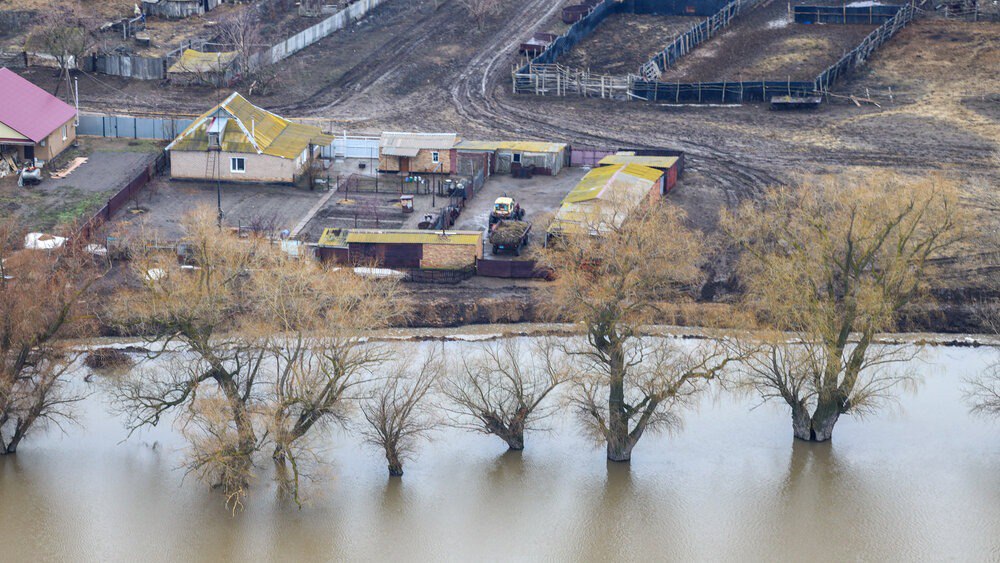Kazakhstan Launches Flood Forecasting and Modeling System
Kazakhstan has launched Tasqyn, a new information system designed to forecast and model floods, Minister of Water Resources and Irrigation Nurzhan Nurzhigitov announced during a February 18 meeting on preparations for spring floods. Currently, flood modeling is being conducted at 142 hydro posts along 128 river sections across the country. A team of 114 specialists monitors data from these hydro posts daily, entering it into the new system. The Tasqyn system is integrated with the Global Flood Awareness System (GloFAS), a worldwide flood warning network. It is expected to provide a final forecast for Kazakhstan’s 2025 spring flood season in early March. According to Nurzhigitov, in addition to domestic flood preparedness efforts, Kazakhstan’s Ministry of Water Resources and Irrigation maintains regular communication with neighboring countries to exchange hydrological data. The country has also begun controlled water releases from reservoirs to create additional capacity for melting snow runoff. Currently, Kazakhstan’s reservoirs can accommodate 13 billion cubic meters of floodwater, the minister stated. The new forecasting system is a crucial step toward preventing a repeat of the spring 2024 floods, which devastated Kazakhstan’s western and northern regions due to rapid snowmelt. The disaster destroyed thousands of homes and forced nearly 100,000 people to evacuate. As previously reported by The Times of Central Asia, Kazakhstan’s reservoirs and lakes accumulated over 75 billion cubic meters of water in 2024, including more than 12 billion cubic meters of floodwater.


